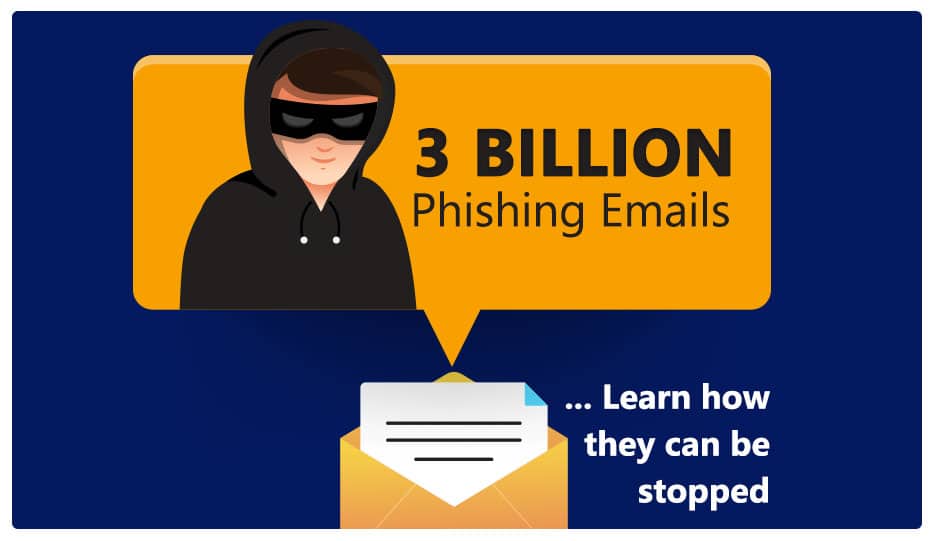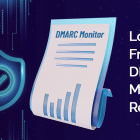When security researchers report on cyber statistics, they ending up being scary rather than informative. A recent statistic about email security was recently published which can have a similar effect: cyber criminals send over 3 billion phishing emails daily from spoofed email addresses.
A Basic Overview of These Phishing Emails
These phishing attempts are carried out by spoofing (disguising) the sender’s email address in the ‘from’ field in messages, and cloaking it under a valid, trusted email address. In this way, hackers get their victims to open fraudulent emails by making them falsely believe they are reading an email from a valid person / organization that they know and trust. Emails are sent in the name of a trusted brand prone to sending newsletters (like Forbes) or sending notifications through email (like Amazon’s delivery system). In more advanced phishing attempts, the victim is carefully studied and the phishing email is then tailored to their tastes and triggers.
On the surface, these phishing attempts seem like they shouldn’t work. Email scams are becoming more and more popular; individuals and organizations alike are becoming more cyber aware by the day. Why then would someone knowingly interact with a phishing email? That’s where the true sophistication of these phishing attempts comes to light. These phishing emails somehow get you to react emotionally, forgetting all warning bells and cautions. That’s why so many phishing emails still work, even after numerous methods and signatures of phishing attempts get exposed through security blogs and seminars.
According to an email security company, phishing emails consist of 1% of the overall email traffic.
While there are ways you can understand the anatomy of a phishing attack and take steps to block someone from stealing your domain name, there’s a tool that can help stop email phishing by just being implemented.
DMARC – Stop Phishing Emails Once and For All
Spoofed emails play with the human’s mind, so the sure-fire way to stop spoofed phishing attempts is to take the human out of the equation. Phishing attempts can be blocked using DMARC (Domain-based Message Authentication, Reporting & Conformance), an email validation and authentication protocol that determines the validity of emails. A domain which has DMARC implemented can automatically stop all email spoofing because only valid email domains can be accepted at the receiving server’s end.
Besides just stopping email spoofing and phishing attempts, DMARC goes one step beyond by integrating a reporting feature which gives you constant insights into your email insights. With DMARC, you don’t have to stay in the dark and do any guesswork about how your email domain is being used.
Security stats make it evident: 1.9% of email traffic from email domains without DMARC are flagged as suspicious. But this figure drops down to a measly 0.4% of the emails for domains that have implemented DMARC.
Another absolutely essential feature of DMARC is that it prevents not only your own mailbox but also your customers’ mailbox. Because nobody who isn’t authorized can send emails under your name, you implicitly send the message to your customers: “You can trust anything from us, it’s all authentic.” Imagine if phishing attempts in your name caused a customer of yours to lose money or worse. That’s one customer you are never getting back. And in this day of digital hyperconnectivity, the bad experience doesn’t contain itself in that person’s mind. Word spreads. Your reputation takes a big hit, making your brand image and customer trust suffer.
To learn more about how DMARC prevents email phishing, read our blog on the working of DMARC.
If you are looking for a security vendor who can help you with DMARC implementation, look no further. Logix’s DMARC Monitor can help make your domain a No Phishing Zone. You can buy DMARC from our online platform.




